An Airport Terminal For Pets
July 29, 2015 in Daily Bulletin
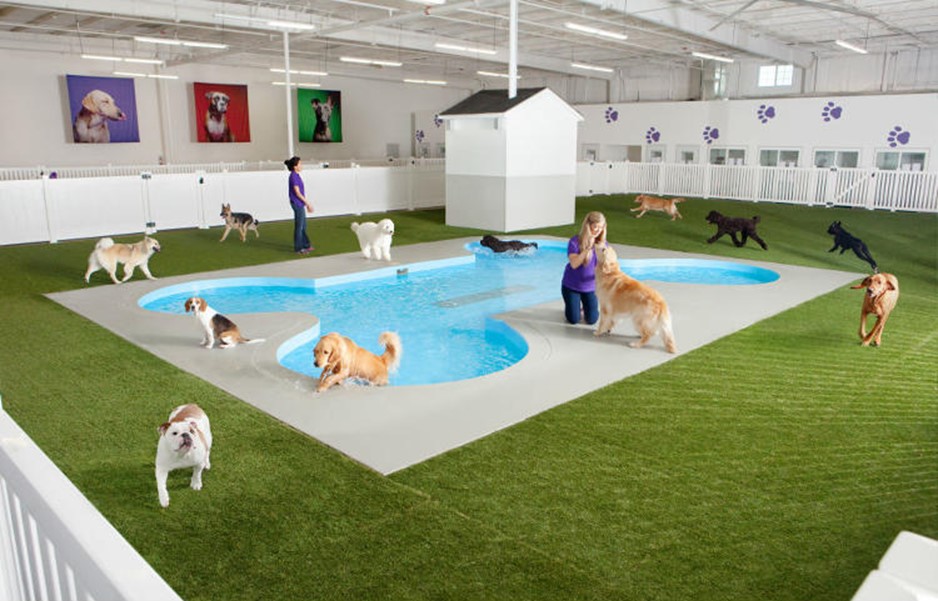
Meg Miller wrote about the newest terminal at New York City’s JFK, designed exclusively for animals:
- 70,000 animals including dogs, cats, and horses, go through JFK every year and they will now be routed through the new terminal.
- It will be known as the ARK terminal – after Noah’s Ark – and will cost $48 million to build.
- It will include climate controlled dog stalls, a penguin corner, and showers for cows.
- If pet owners are willing to spring for it, dogs can stay in hotel suites built into the terminal for $100 a night.
- Dogs will also get to enjoy a bone-shaped pool, a doggy spa which offers massages and pawdicures, and flat-screen TVs for light entertainment.
Read about how the terminal will work, how it will handle manure, and other details over here.
Source: Fast Company

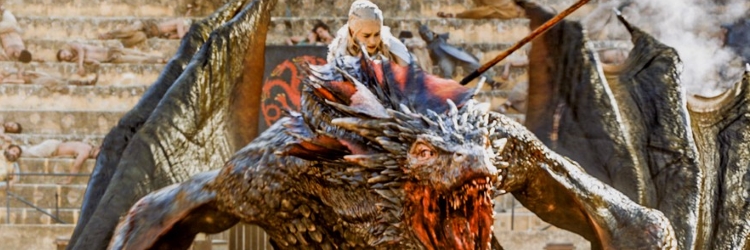







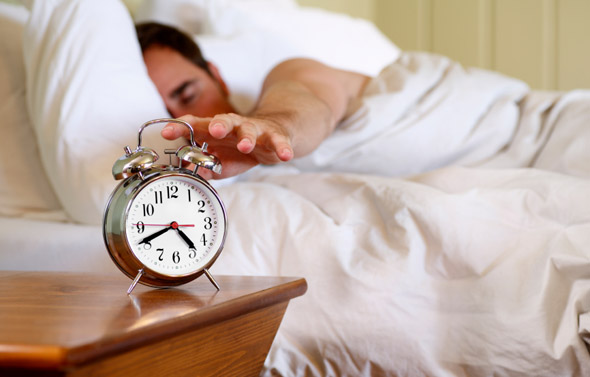

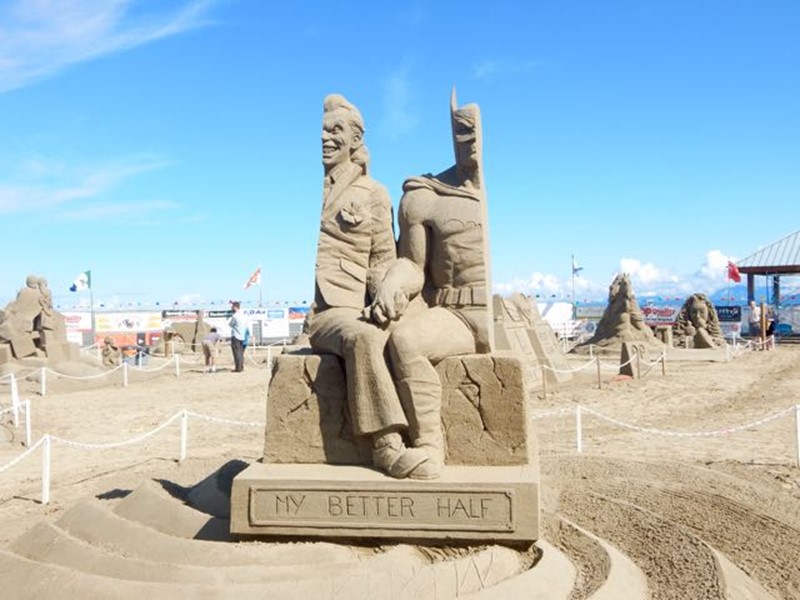
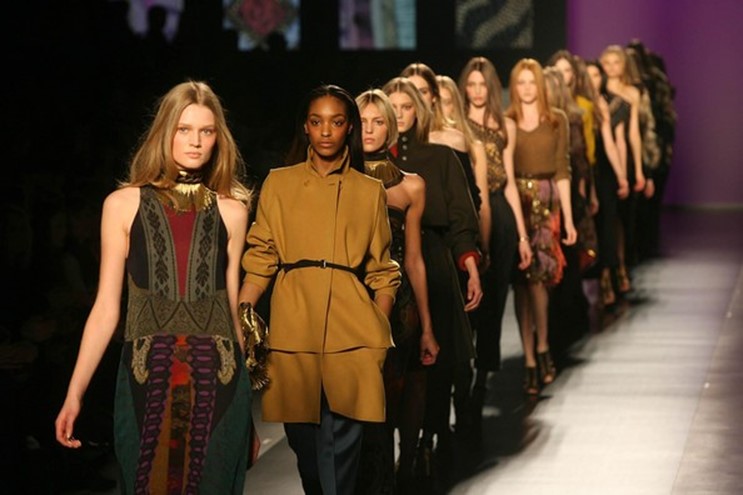
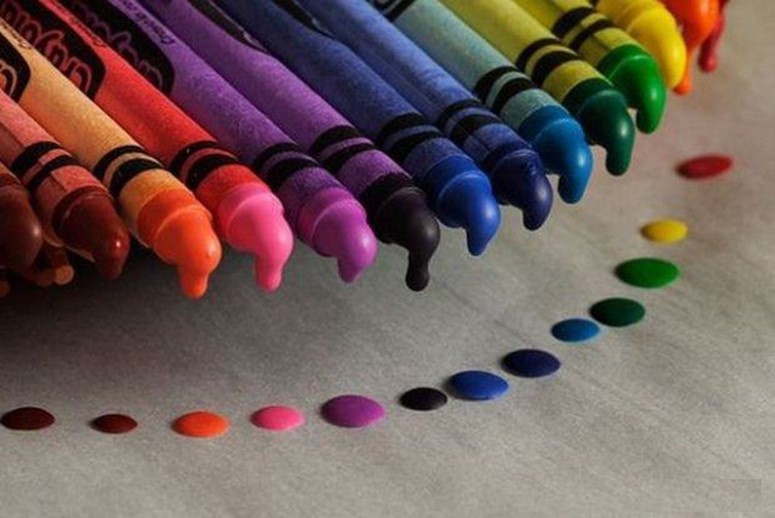

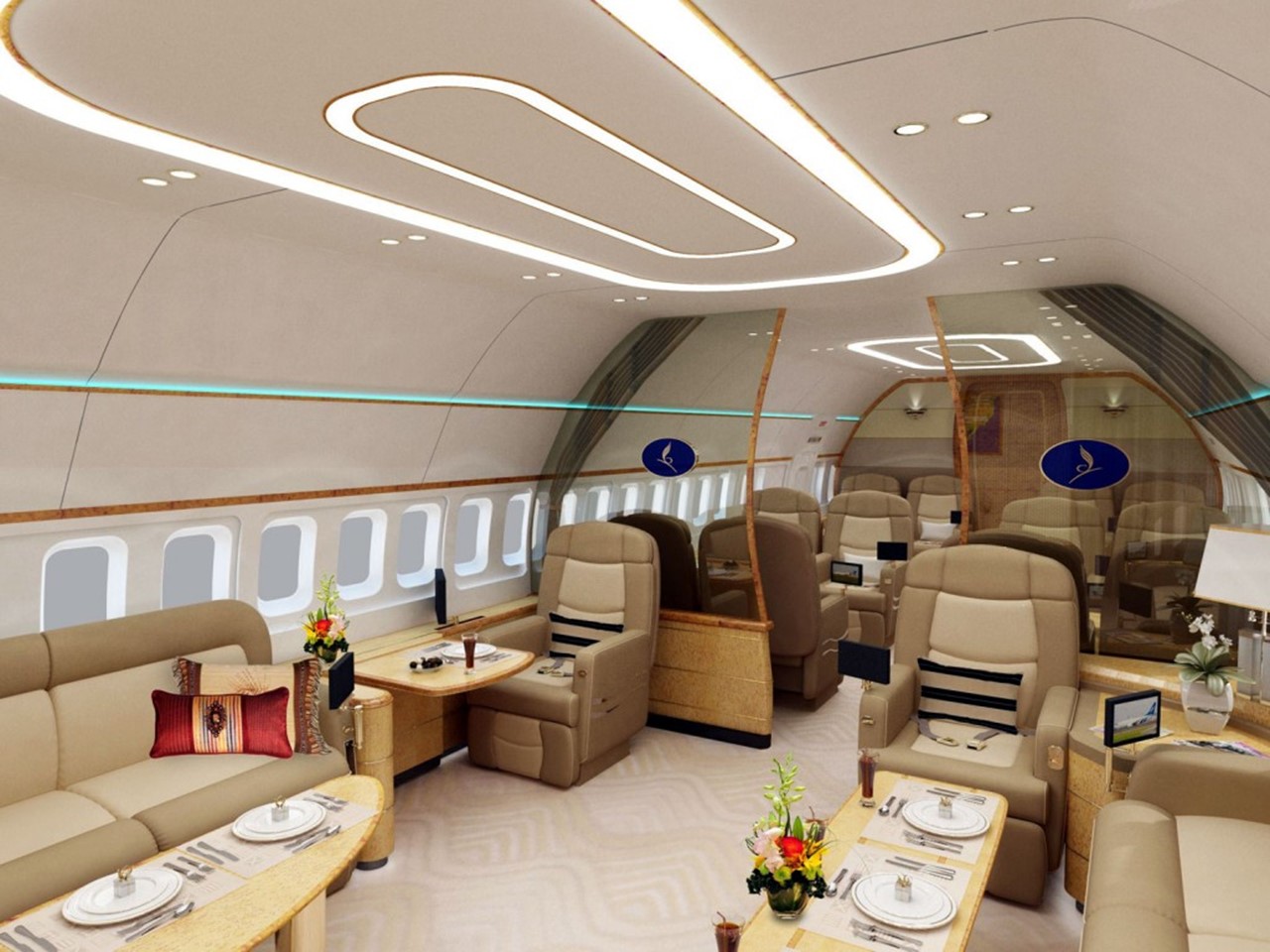
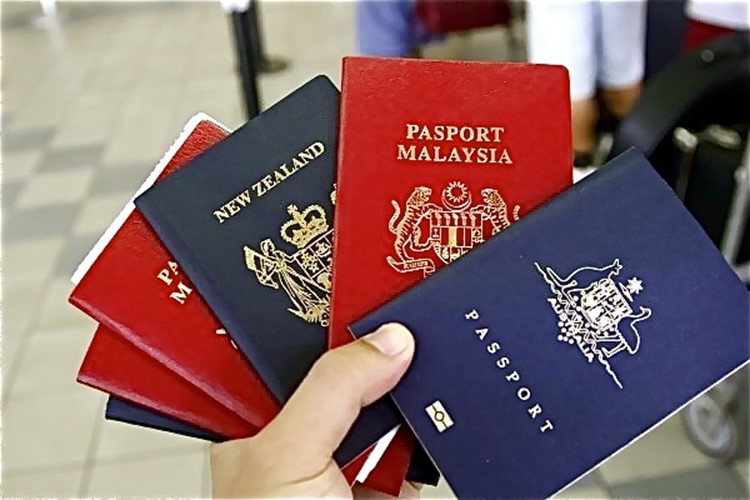
Join the Discussion! (No Signup Required)